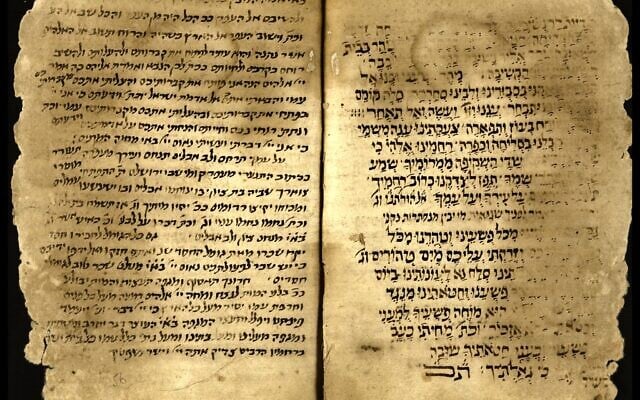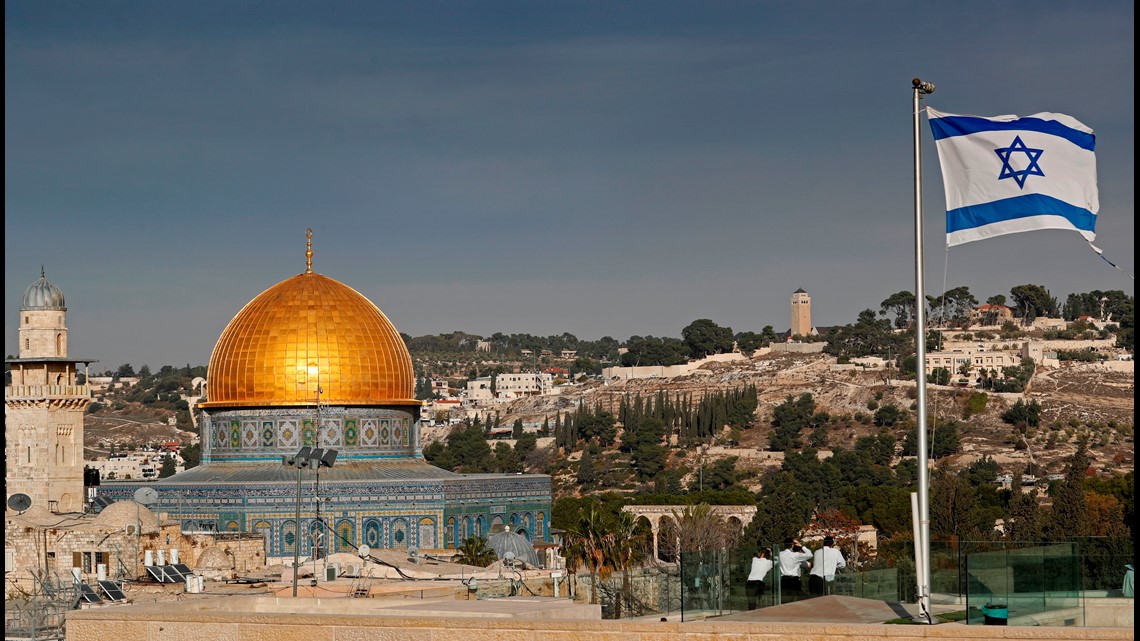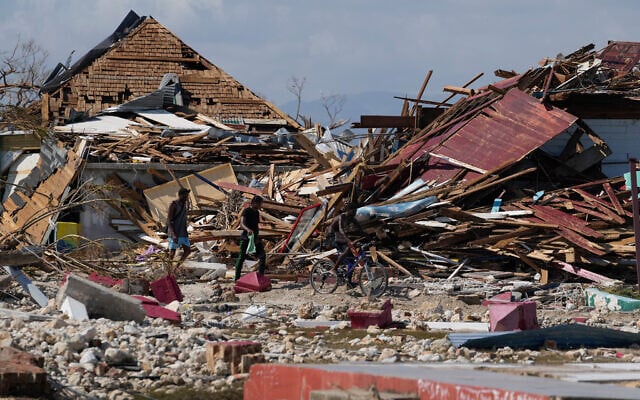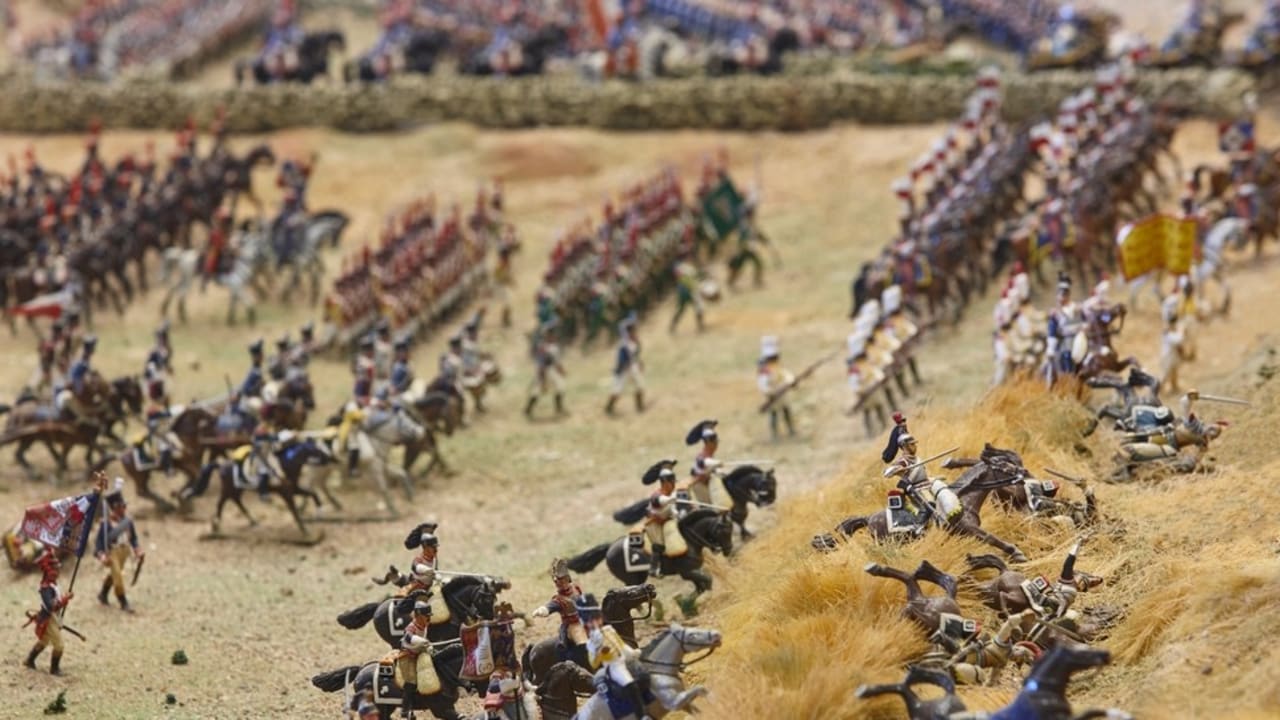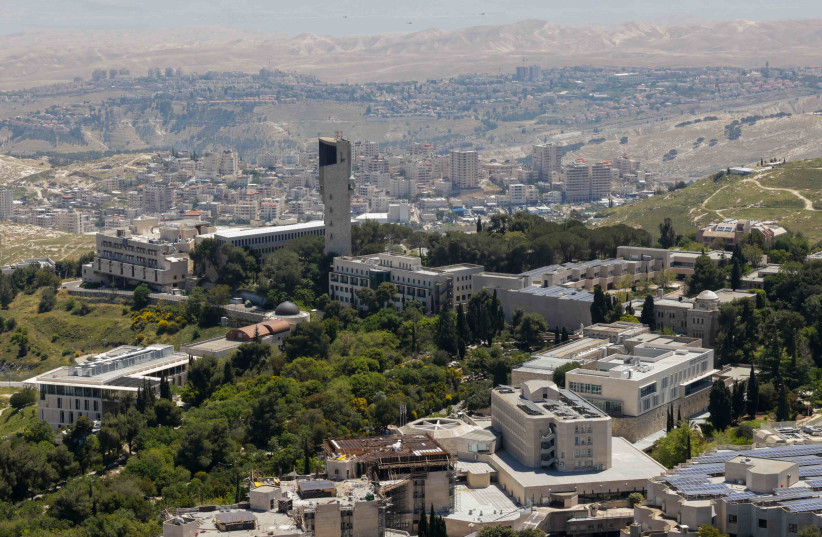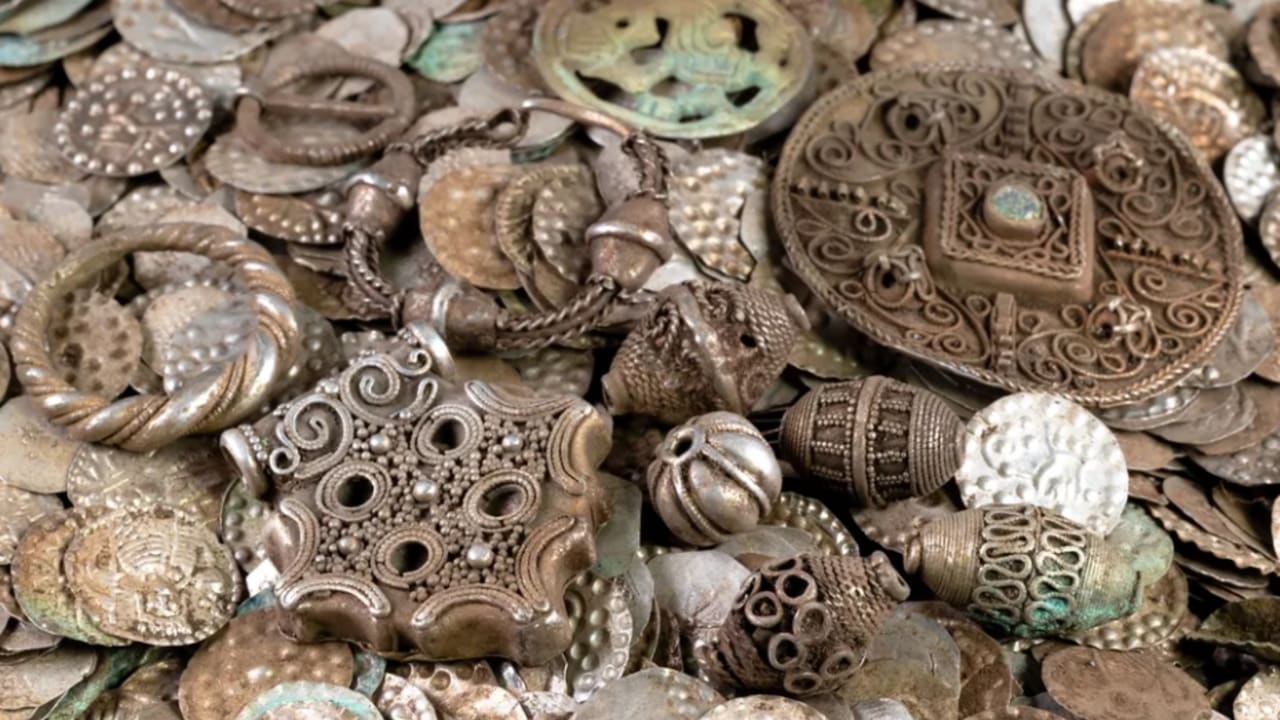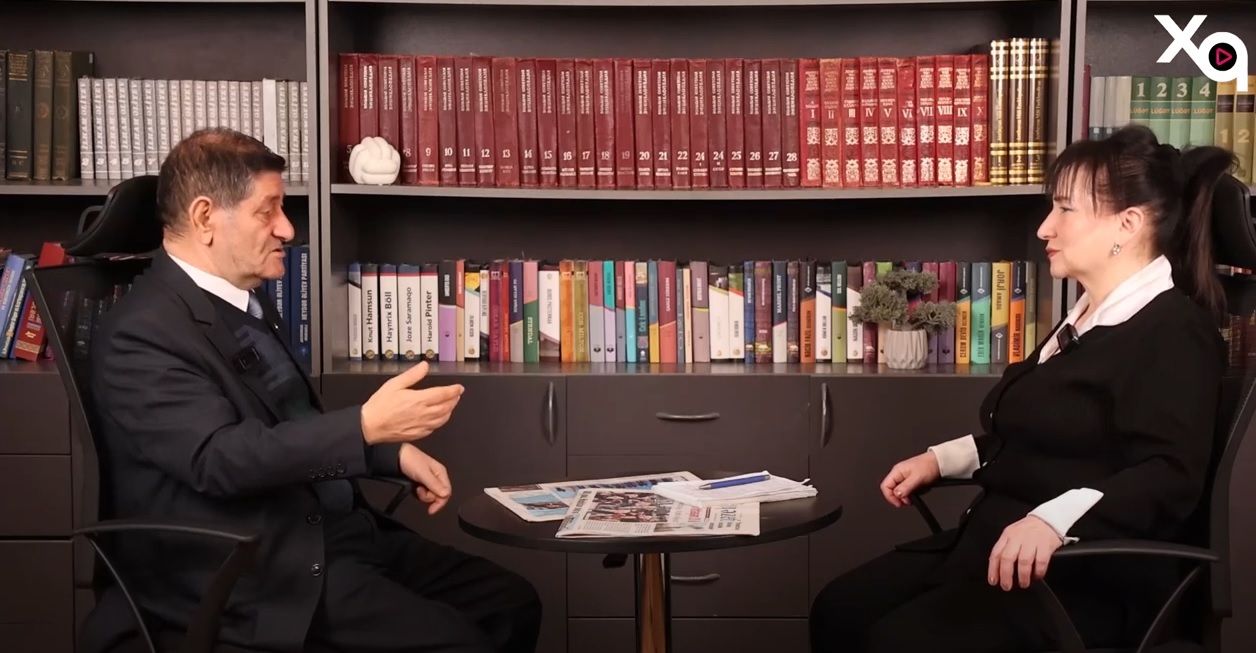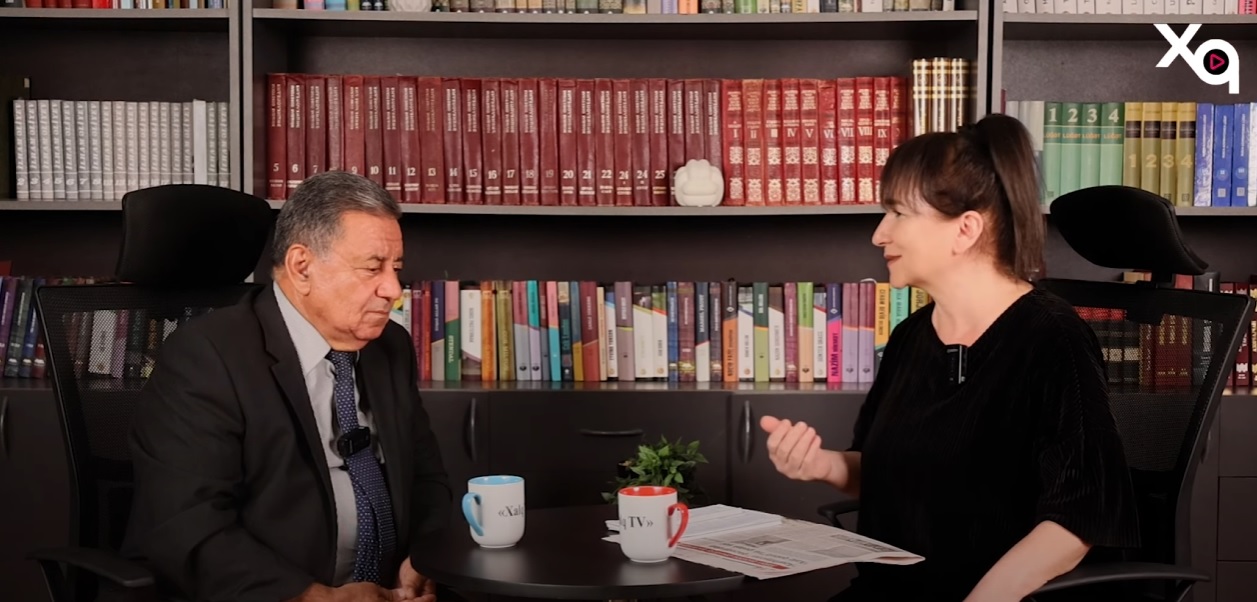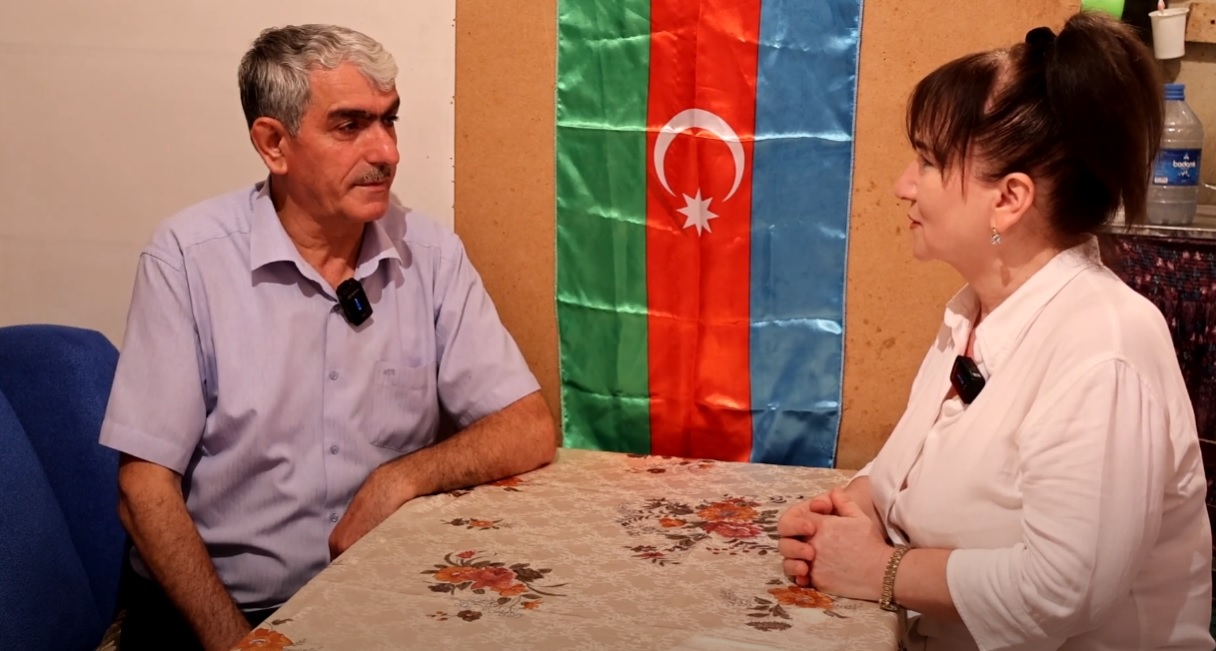By Rossella Tercatin
Newly digitized prayer book from Crimea’s Kaffa rite preserves liturgical poems unknown elsewhere, giving a glimpse of traditions lost when prayers were largely standardized
unveiled by the National Library on September 25, 2025. (Courtesy of Kedem Auction House)
A newly-acquired 14th-century machzor (prayer book for the Jewish holidays) includes previously unknown liturgical poems for the festival of Yom Kippur, the National Library of Israel announced on Thursday.
The discovery marks a rare occurrence, according to Dr. Chaim Neria, curator of NLI’s Haim and Hanna Solomon Judaica Collection, that gives a glimpse into a time before the prayers were largely standardized by the invention of the printing press.
The manuscript reflects the Kaffa rite (“nusach Kaffa”), a liturgical tradition that emerged in the Black Sea port city of Kaffa on the Crimean Peninsula. In that era, the region was a vibrant crossroads of Jewish life, home to diverse communities including Krimchaks (“Crimeans”), Karaites, Khazarians, Genoese, Sephardi and Ashkenazi Jews.The Kaffa rite shows notable affinities with the Judeo-Greek Romaniote tradition, practiced by Romaniote Jews who lived across much of the Greek mainland and islands.
“We were already familiar with the Kaffa rite, but this machzor seems to have been written down prior to when the tradition was codified,” Neria told The Times of Israel over the phone.
Get The Times of Israel's Daily Editionby email and never miss our top stories
Newsletter email address Get it
By signing up, you agree to the terms
“What truly surprised us is that the machzor contains several piyyutim [liturgical poems] completely unknown from any other source, along with others previously attested only in documents recovered from the Cairo Genizah,” he added, referring to a treasure trove of Jewish communal documents stored in an ancient synagogue in the Egyptian capital over centuries.
The Neilah prayers, the final plea for atonement at the end of the Yom Kippur service, at Hostages Square in Tel Aviv, on October 12, 2024. (Paulina Patimer/Pro-Democracy Protest Movement)
According to tradition, on Yom Kippur, which in 2025 falls on October 1-2 — Jews fast from sunset to sunset, devoting the day to prayer and atonement.
Piyyutim form a central element of the prayers recited throughout the holy day.
Advertisement
The machzor was recently acquired from private collector Avigdor Klagsbald. Though not currently on public display, it has been fully digitized and is accessible online.
“We look forward to having specialized scholars examine it and shed more light on the piyyutim,” Neria said.
Neria noted that the machzor dates back to a time before the invention of the printing press, which quickly standardized traditions from different communities, leaving less popular parts of the liturgy out.
Dr. Chaim Neria, Curator of the Haim and Hanna Solomon Judaica Collection at the National Library of Israel. (National Library of Israel)
“We have something very unique as these pyyutim survived only on this machzor,” Neria said.
On its final leaf, the machzor also includes a previously unknown version of a blessing for mourners.
“Blessed are You… Who understands every creature… Resuscitator of the dead. May You soon have mercy on Your people and comfort the heart of mourners… Comforter of Zion and the heart of mourners. And may everyone who does kindness to another be recompensed… Who pays goodly reward to doers of kindness. May You withhold Your anger… Who stops pestilence, sword, destruction and plague from us…,” reads the blessing according to the translation shared by the NLI in a statement.
Advertisement
Neria said he felt the words could be especially relevant for today’s troubled times.
“It could be a way to ask God to end the war,” he noted.
The scholar noted that documenting and preserving such traditions is a core mission of the NLI.
“We see ourselves as custodians of the Jewish people’s heritage, especially traditions no longer practiced today,” Neria said. “They remain part of our collective story, and it’s vital to safeguard them and give them a voice. Perhaps in the future, a community will rediscover one of these forgotten piyyutim and bring it back to life.”


